Roof-mounted solar panels are a great way to harness the power of the sun and save on your home energy bills. A roof offers an ideal location for solar panels. It gets a great deal of sun exposure, which is good for maximizing your home solar energy production. On cloudy days, high-efficiency solar panels on your roof can generate power as they capture direct and indirect sunlight.
Roof-mounted Solar Panels
When you start your solar project, one of the first questions a consultant will ask is about the age and condition of your roof. If your roof needs to be repaired or replaced, you’ll need to get that work done first before you can have them installed.
Read on to discover why it’s important to address roof-related issues first before getting them installed.
Why Roofs Are a Great Place for Solar Panels
Roofs are the most common location for home solar power systems – and for good reason. More sun exposure panels get, the more solar energy they can produce to help replace power from the grid. An unobstructed roof with slopes toward the sun helps maximize sun exposure and energy production. They can be installed on your home, as well as on various outbuildings, such as a barn, shed, garage.
A roof on any of these residential structures will be evaluated on several factors to determine suitability for solar panels:
- Type of roofing shingles (materials) – asphalt, metal, tile, etc.
- Roof type (style or design) – gable, hip, gambrel, etc.
- Roof slope and the direction it faces
- Overall condition
What Type of Roofing Shingles (Materials) are Best?
Solar panels can be installed on various types of roofing shingles (materials). Asphalt-shingled roofs are a good choice if they’re in good condition and have enough usable surface area.
What Roof Type (Style or Design) is Best?
They can be installed on almost any roof style with a few exceptions. The roof on your home, garage, shed could all be potential candidates for roof-mounted solar panels. Whether it’s a gable, hip, or a combination roof, a solar installer can figure out the best way to mount panels.
Solar installers can split up solar arrays into multiple sections. Following the roof lines and work around roof components, such as skylights, box vents, or pipe boots.
What Roof Slope is Best?
To maximize sun exposure, a residential roof-mounted solar system should be at an angle equal to the latitude of their install location.
A roof slope that angles between 15-40 degrees should suffice for most solar power systems. Individual solar panels can also be adjusted to an optimal angle that maximizes their sun exposure.
Your solar panel installers can help determine if your roof is suitable for solar panel installation.
What Roof Slope Orientation is Best?
Another factor that has an impact on solar panel power production is the direction or orientation of the roof slope where they are installed.
In the Northern Hemisphere (all U.S. locations), the general guidance is for solar panels to face south because south-facing sides of roofs get the most sunlight during the day.
Is Your Roof Solar-Ready?
While almost any home can accommodate solar panel installations, there are questions you should ask before you start a solar project.
Take care of your roof first so you don’t have to slow down, or press pause on your solar installation.
What is the Square Footage of Your Roof?
Roof size matters when it comes to solar. Your roof may need to meet a minimum requirement of usable surface area to have solar panels installed.
The usable surface area allows solar panels to be correctly installed on your roof. Which helps meet your solar goals and comply with building codes. Most building codes require pathways of open roof area for access and ventilation to clear smoke, fumes, and heat in a fire. Your solar consultant will address these details during your project.
What type of roofing material do you have on your house?
Roofing materials that are strong and durable, such as asphalt roof shingles, make excellent surfaces for supporting solar panels.
Not all roof types qualify for solar panels. For example, flat roofs made of tar and gravel are not suitable for installation.
How old is your roof?
A general guideline is asphalt shingle roofs should be 10 years old or less and in good condition before solar panel installation. If your roof is over 10 years old, you may want to schedule a roof inspection to see if it’s in good condition. Repairing or replacing your roof before having solar panels installed can help you avoid the need to have the solar arrays removed and then reinstalled.
Is your roof in good condition?
A roofing contractor will check your roof for potential signs of damage, such as leaks, as well as for proper ventilation. In addition to damaged shingles, other roofing components may also need to be replaced. It’s always best to repair or replace these items before solar installation begins.
Is your roof decking and structure in good condition?
The overall structure should be in good condition before installing solar panels. Avoid the need to remove and reinstall solar panels to fix a roof-related problem.
Next Steps to Reach Your #SolarGoals
If you need to replace or repair your roof before getting solar panels installed, contact us for a free estimate.
Once your roof is in good condition, you can explore the best options for your home knowing.
TekRoof is a Greater Boston residential roofing company. TekRoof will help you with your roof installation needs and maintenance. Among other Boston roofing services, we offer advice on how you can enhance your home’s curb appeal. Request a Virtual Consultation or call 1-833-TEKROOF (833-835-7663).
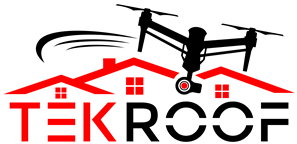
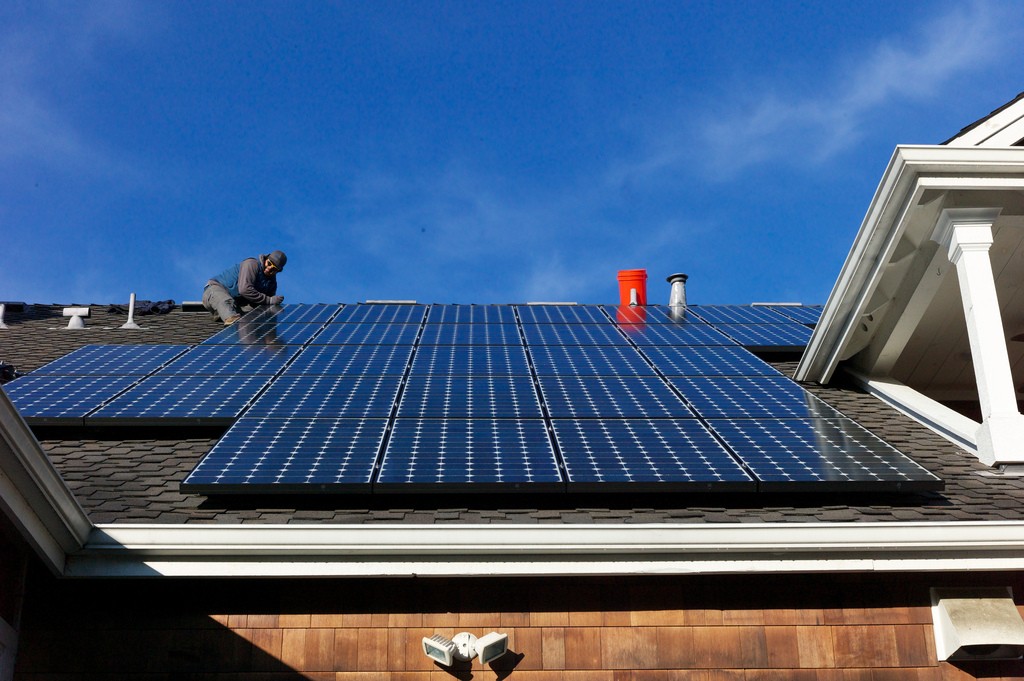

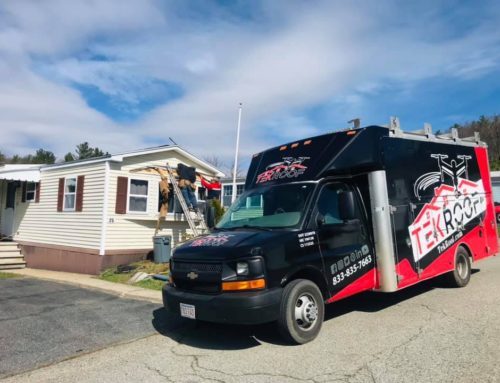
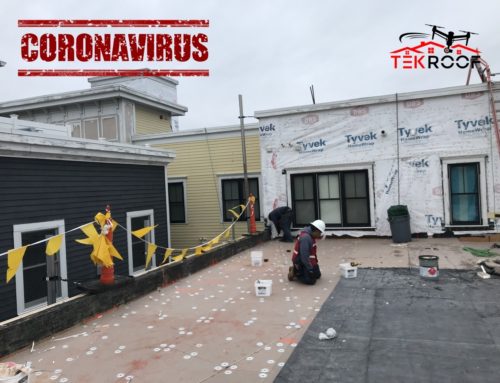
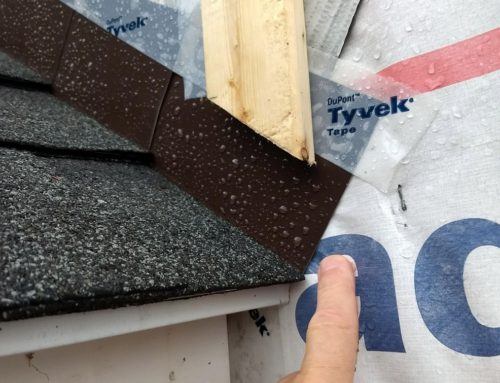
Leave A Comment